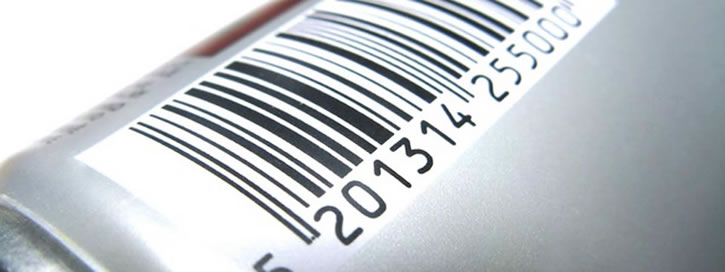
Today, consumers see thousands of barcodes on a daily basis, on almost every product they buy. Because of this, we often forget how much simpler the barcode has made day-to-day buying and selling. Before the invention of the barcode, retail businesses were tracking assets on a much more manual basis. This meant a more laborious process for both the retailer and the consumer.
As an enterprise, investing in a barcode generator these days is a no-brainer – right up there with investing in an office space, well-trained staff, and benefits. It’s just something you do. But did you know there are different kinds of barcode generators? To choose the right one for you and your business, here’s what you need to consider:
1. Where To Implement Barcodes?
This is one of the most important factors to consider when choosing your barcode generator solution. Chances are, your industry already has a standard established for barcode protocol. For example, you are likely most familiar with are EAN-13 (13 digits, default form), EAN-8 (8 digits, used on products when space is limited), and UPC (comprised of 12 and alternatively 8 digits) barcodes. These are the industry standard for retail products sold in North America. If you are selling your product to another business, you will also have to find out their required barcode symbology.

2. What Type of Barcode Scanners Will You Be Using?
If you’re looking to integrate your new barcode solution with a current scanning system, you’ll have to choose a generator that is compatible with you specific barcode scanners. There are two types of barcode scanners; 1D and 2D barcode scanners. Similarly as above, if your products are being sold by a third party retailer you’ll have to make sure your barcode is attuned with their scanning system.

3. What Data Do You Want to Encode?
If you only want to encode a small amount of data, such as an identifier, a simple 1D barcode will do the job. But, if you’re looking to encode larger amounts of information, you might want to look into 2D barcodes, which are already hold substantially more information. 2D barcodes also have the advantage of self-correcting reading errors, which helps make them more reliable.
By discussing the abovementioned three factors, you should be well on your way to finding the right barcode generator solution for your enterprise. Although it seems like a small part of the business process, the value of the barcode when it comes to enterprise management is unbeatable.


